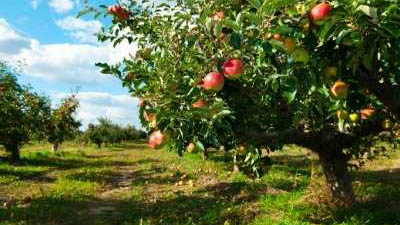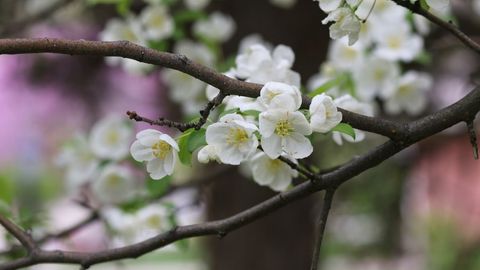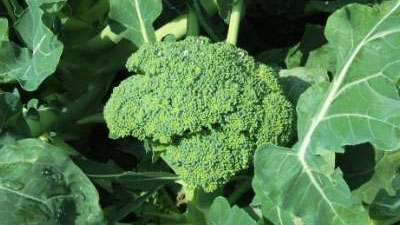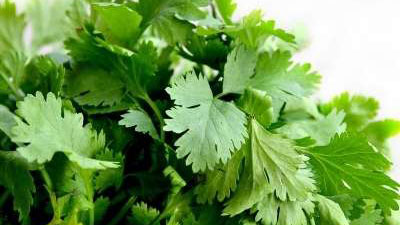How to Grow Leeks in Your Garden
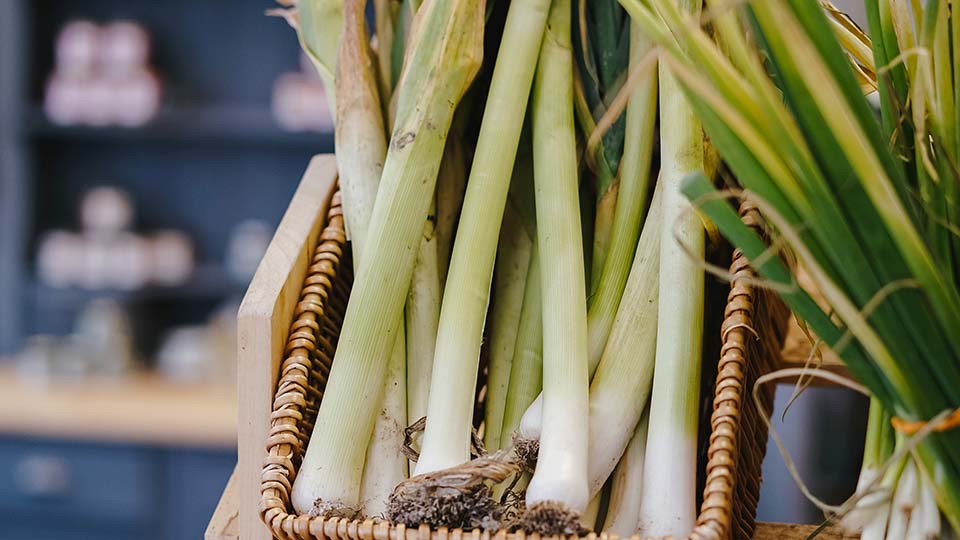
Leek is a hardy cool-season biennial that prefers full sun and fertile, well-drained soils. Incorporate plenty of organic matter and a complete fertilizer into the area before planting. Plant seeds ¼-½ inch deep, 3-4 inches apart in the row, and 8-16 inches between rows. Side dress leeks with nitrogen in May and June to ensure good growth and high yields. Leeks require regular watering, so maintain soils near field capacity. Water stress will reduce yields and plant size. Organic mulches help conserve water, supply extra nutrients and reduce weeding. Control weeds, insects and diseases throughout the year. Leeks may be harvested and used when larger than one inch in diameter. In more mild areas of Utah, leeks can be stored in the garden by hilling up the soil around the plants and covering them with mulch. In very cold areas, harvest the plants and store in cold (32-40F), humid conditions to maintain best quality. Excellent varieties include Large American Flag and King Richard.
Recommended Leek Varieties
Excellent varieties include Large American Flag, Comanche, and King Richard. Check with local garden centers, on-line or seed catalogs for other varieties. Most will grow and perform well in Utah.
How to Grow Leeks
Soils
Leeks will grow in all soil types provided they are rich, well drained, moist, and fertile.
Soil Preparation
Before planting, determine fertilizer needs with a soil test and then follow the recommendations given with the test report. If fertilizer applications are warranted, work the fertilizer into the top 6 inches of soil. If you fertilize with compost, apply no more than 1 inch of well-composted organic matter per 100 square feet of garden area.
Plants
For earlier production, use transplants for planting out in early April. Seeds may be started indoors or in a greenhouse. Transplants need 6-8 weeks of growth before planting in the garden.
Planting and Spacing
If using seeds plant seeds ¼-½ inch deep. After emergence, seeds should be thinned to 4-6 inches apart in rows 8-16 inches apart. Transplants should be planted at the same spacing as seeds. Plant seeds in late March or transplant in April. When transplanting, place 10-12 inch tall plants in a 6-inch deep dibble hole and water them into place. Gradually fill in the dibble hole. During the growing season, hill soil around seeded plants 2-3 times adding 2-3 inches of banked soil. Hilling encourages taller growth thus producing a longer blanched edible stem. Transplanting with the dibble method partially eliminates the need for multiple hilling.
Water
Leeks require regular watering throughout growth for best production. Soils need to be maintained near field capacity. Moisten the soil thoroughly to a depth of 18 inches every 7 days. Water needs are critical since rooting depth in leeks is shallow. Drought stress during growth will decrease yield.
Fertilization
In addition to any fertilizer used at planting, leeks need additional nitrogen to produce optimum yields. Side dress with nitrogen at ¼ lb. (21-0-0) per 100 square feet in mid-May and again in late June.
Problems with Growing Leeks
Weeds
Control weeds through regular cultivation but avoid root damage that slows plant growth by damaging shallow roots. Weed control is particularly important during the first 2 months of growth when plants are growing slowly and compete poorly. Mulching with compost, grass clippings or leaves will conserve water and smoother weeds.
Insects
| Insect | Identification | Control |
|---|---|---|
| Thrips | Tiny, slender insects that feed on leaves. Leaves turn silver or gray, may twist and die. Thrips hide near where the leaf and bulb meet. | Spray with registered chemicals |
| Onion Maggot | White worm that feeds on seedlings, roots or bulbs. | Use crop rotation, avoid excessive amounts of organic matter, and apply appropriate insecticide at planting if maggots have been a problem in the past. |
| Wireworm | Larvae of chick beetle. Dark brown to yellowish, jointed hard-shelled and cylindrical. Feeds on roots, seeds, and underground stems. | Use crop rotation, avoid excessive amounts of organic matter, and apply appropriate insecticide at planting if a problem in the past. Rotenone or wood ashes also provide some control. |
How to Harvest and Store Leeks
Leek varieties vary in their maturity times. Leeks may be harvested as early as 60 days after seeding but generally require 100-120 days to mature. Leeks are ready to eat when the stalks are 1 inch in diameter. Leeks can be overwintered in the garden in most areas. Hill up the soil around the plants and cover them with a thick layer of mulch, leaves or soil. In very cold areas, store harvested leeks in cold (32-40F), humid conditions (wet sand) to minimize moisture loss.
Leek Plant Productivity
One leek seed or transplant will yield one sheath 6-8 inches long and 1-2 inches wide. Plant 3-6 feet of row per person per family in order to have sufficient for fresh and storage purposes.
Leek Nutrition Facts
A 1-cup serving of leeks is low in Sodium, and very low in Saturated Fat and Cholesterol. They are a good source of Dietary Fiber, Vitamin B6, Iron and Magnesium, and a very good source of Vitamin A, Vitamin C and Folate.
Frequently Asked Questions
What are leeks used for?
Leeks are used in a variety of delicious dishes including, but not limited to, soups, salads and casseroles.
Can leeks be frozen as a storage method?
Leeks can be frozen, pickled, canned or dehydrated. When freezing leeks, trim and then blanch for 2 to 3 minutes in boiling water. Cool rapidly, towel dry and place in freezer bags.
Published March 2020
Utah State University Extension
Peer-reviewed fact sheet
Download PDF
Authors
Dan Drost, Vegetable Specialist
Related Research


